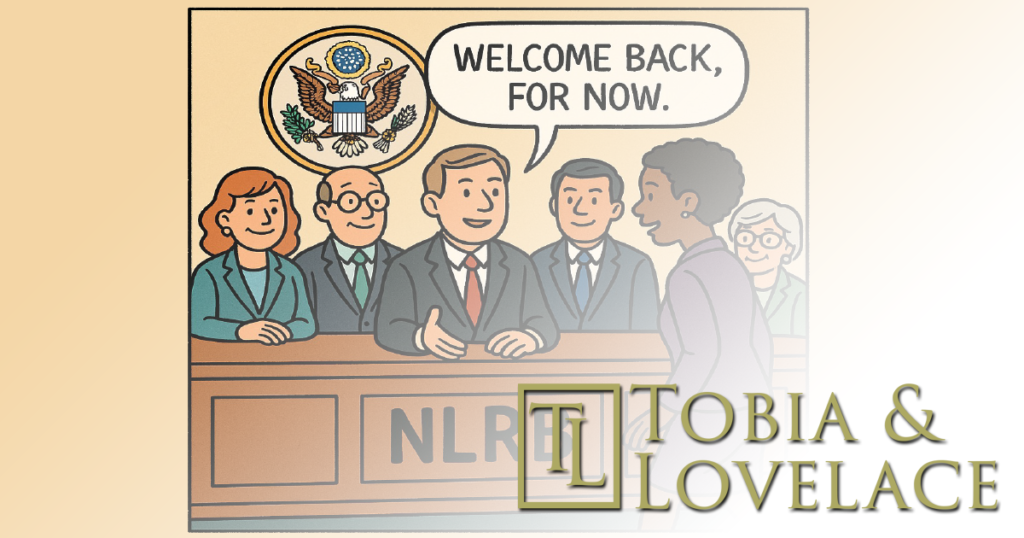In a major ruling on April 5, 2025, the U.S. Court of Appeals for the D.C. Circuit ordered the reinstatement of Gwynne Wilcox to the National Labor Relations Board (NLRB), reversing her removal by former President Trump. This decision also reinstated Cathy Harris to the Merit Systems Protection Board, based on the same legal rationale.
The court’s decision is rooted in the landmark 1935 Supreme Court case Humphrey’s Executor v. United States, which held that members of independent federal agencies cannot be removed by the President without cause. The D.C. Circuit reaffirmed that this precedent remains binding law and applies to multi-member boards like the NLRB, despite more recent cases involving single-director agencies such as Seila Law v. CFPB (2020).
The Trump administration had argued for broader presidential authority to remove agency officials, claiming that insulation from removal violates Article II of the Constitution. However, the court rejected that position, stating that the President’s power to remove agency members is limited when dealing with independent, multi-member commissions like the NLRB—unless there is a showing of “inefficiency, neglect of duty, or malfeasance.”
Why This Matters
Gwynne Wilcox, a labor-side attorney by background and appointee of President Biden, is widely seen as aligned with a pro-union philosophy. Her reinstatement returns the Board to a full quorum and allows it to resume issuing decisions on pending and future labor disputes. This development carries significant implications for employers—especially in the construction industry, where collective bargaining relationships are common and labor policy can directly affect business operations. With the Board now back at full strength, employers can expect the NLRB to:
- Expand the definition of protected concerted activity, including social media posts, workplace complaints, and organizing efforts that occur outside formal union structures.
- Reinstate or strengthen union-friendly rules such as the “quickie election” procedures, which reduce the time employers have to respond to organizing efforts.
- Scrutinize workplace rules and handbooks more aggressively, especially policies related to conduct, confidentiality, and discipline.
- Revisit joint-employer liability, which could increase exposure for contractors and subcontractors engaged in joint projects or who share supervision responsibilities.
- Limit employer discretion in discipline or termination of union-represented employees, particularly where the employer’s policies were not collectively bargained.
Practical Takeaways for Employers
- Review HR policies and employee handbooks with legal counsel, especially those concerning employee conduct, workplace rules, and social media.
- Ensure compliance with current union contracts and prepare for potential changes in how collective bargaining disputes are resolved.
- Train supervisors and foremen on evolving NLRB interpretations of protected activity and unfair labor practices.
- Document discipline consistently and carefully, particularly where union or protected activity is involved, to reduce risk of ULP (Unfair Labor Practice) charges.
Looking Ahead
The Trump legal team has signaled plans to appeal, potentially bringing this case to the U.S. Supreme Court. If Humphrey’s Executor is ultimately overturned, the President’s power over independent agencies would expand dramatically. Until then, however, the NLRB will move forward with a full bench and a clear mandate.
For employers, especially contractors working under union agreements, now is the time to assess labor policies, prepare for increased regulatory activity, and stay vigilant as the legal landscape evolves.
For further details, please contact the lawyers at Tobia & Lovelace Esq., LLC at 201-638-0990.

